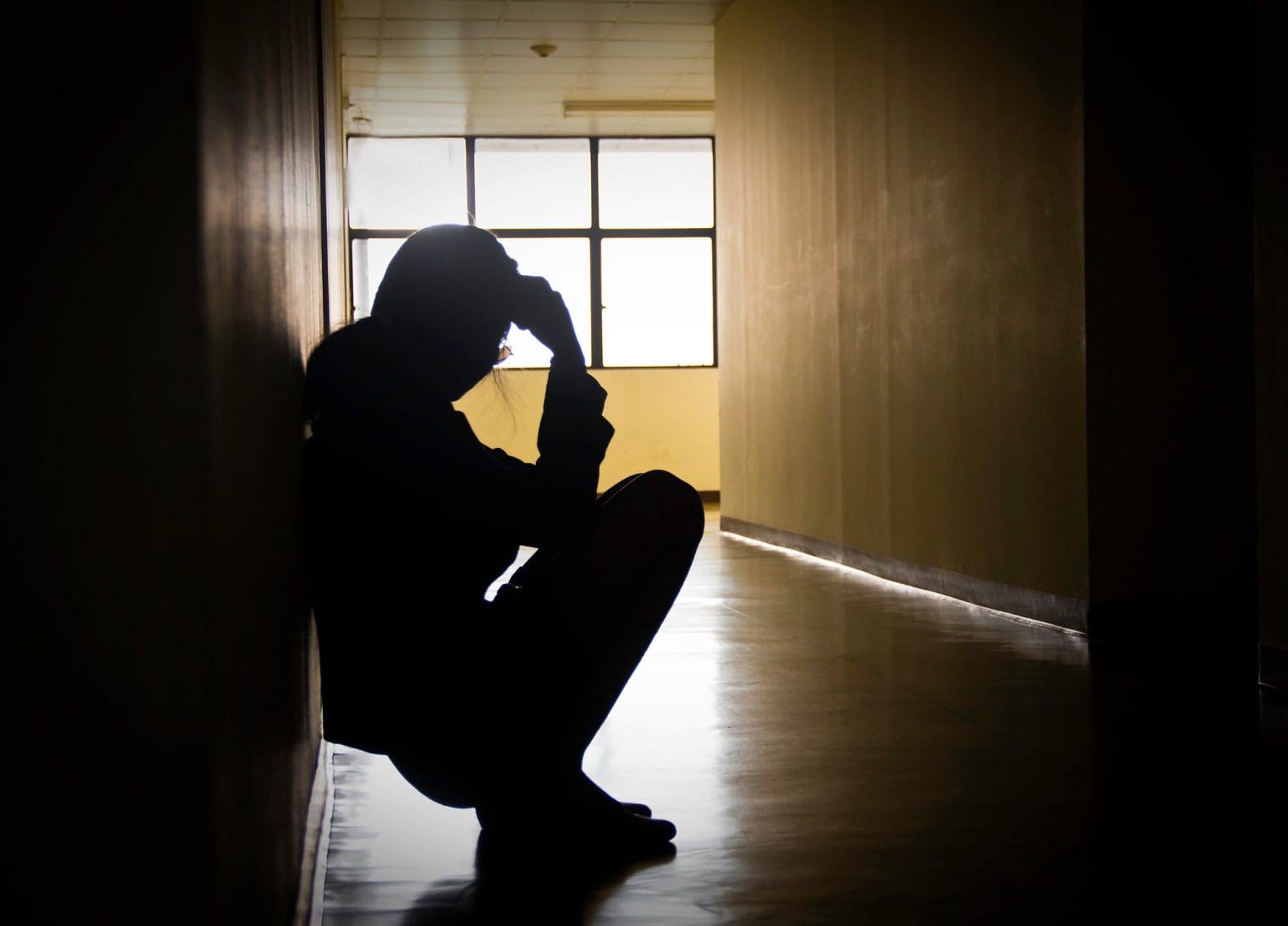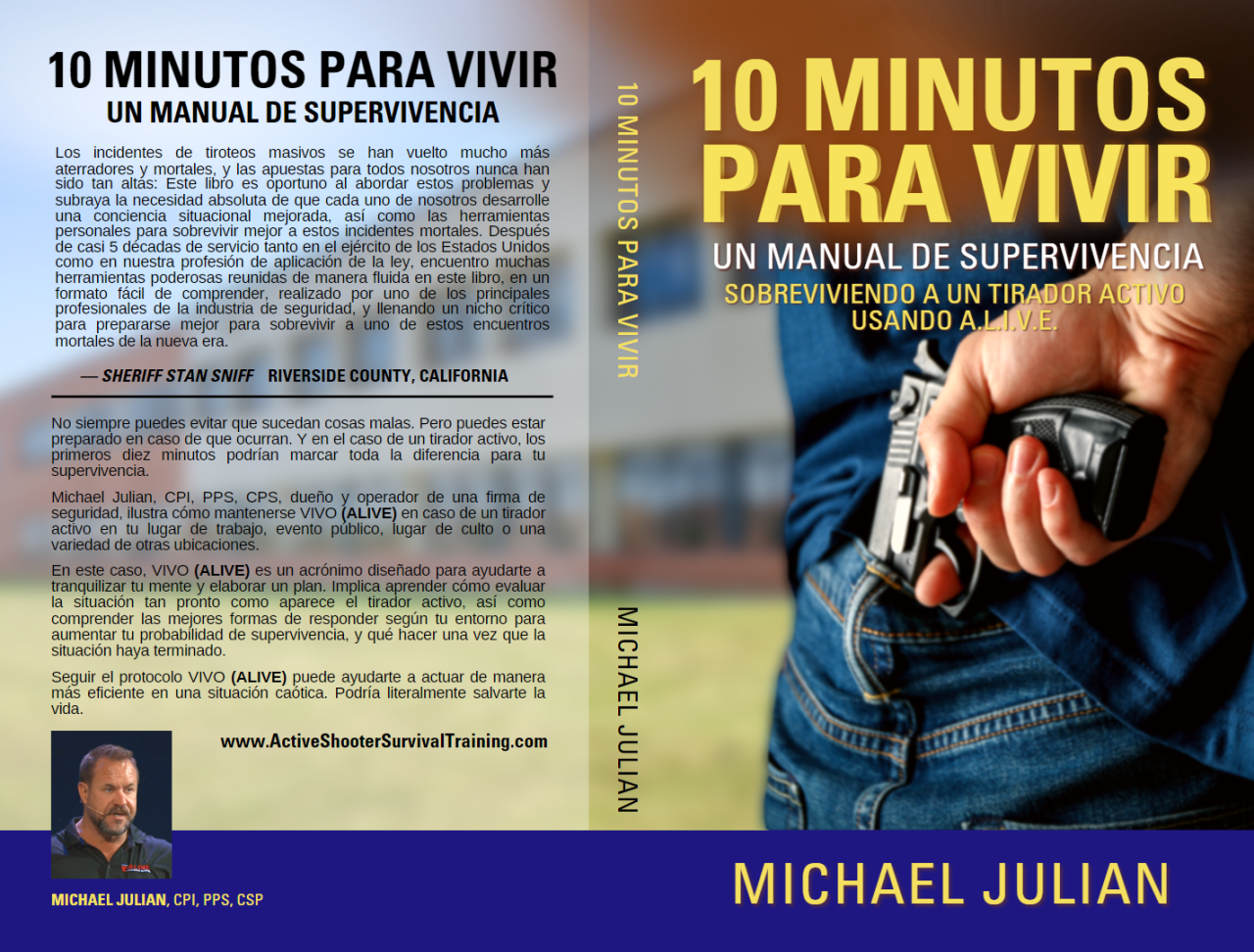"Michael Julian has written an excellent book. Practical, detailed, and a potential life saver if you find yourself in the midst of a targeted attack."

Recent Stats on Active Shooter Incidents - And Why Training Matters More Than Ever
The threat of an active shooter incident may feel remote, but the data shows that these events are real, unpredictable, and time-sensitive. Understanding what recent incidents look like helps organizations and individuals recognize the urgency of proper training and preparedness.
What the Latest Data Shows
-
According to a report by the Federal Bureau of Investigation (FBI), there were 48 active shooter incidents in 2023 — an increase of about 60% compared with 2019. Federal Bureau of Investigation+2Federal Bureau of Investigation+2
-
In 2024, the FBI reported 24 active shooter incidents, a ~50% decrease from 2023, but still part of a trend that shows a ~70% increase in incidents over the five-year period from 2020-2024 compared with 2015-2019. Federal Bureau of Investigation+1
-
The 2024 incidents occurred across multiple settings: open spaces (about 50 %), commercial locations (~17 %), educational settings (~17 %), government properties (~13 %), and houses of worship (~4 %). ASIS International+1
-
In elementary and secondary schools alone, from 2000 through 2022 there were 328 casualties (131 killed, 197 wounded) in active shooter incidents. National Center for Education Statistics
-
Research shows that many active shooter situations end very quickly - often before law enforcement arrives. The first few minutes are critical. ALICE Training®
Why These Numbers Matter
1. The Incident Window Is Extremely Short
Because many shooters begin attack sequences the moment they arrive and many incidents run for minutes - not hours - the people on-scene become the first responders. That means response training matters.
2. Locations Vary Widely
These threats don’t only happen in schools or high-profile venues. They show up in open spaces, commercial properties, government facilities, and houses of worship—anywhere with people. Preparedness must match the variety of places.
3. Trend Toward More Frequent But Sometimes Less Predictable Events
While 2024 showed a dip, the five-year data shows a sharp increase compared to the prior period. That means risk is evolving - not disappearing. Organizations that delay preparedness may be behind the curve.
4. Training = Survival Advantage
When time is compressed and chaos unfolds, structured training helps individuals and teams move decisively instead of reacting passively. Awareness, planning, and practiced response are huge differentiators.
How Training Makes the Difference
-
Situational awareness: Recognizing what doesn’t belong, knowing your exits, and staying alert gives you seconds of advantage.
-
Options-based decision making: Training empowers you to choose whether to escape, barricade, or if needed, defend - rather than being stuck.
-
Team coordination: In workplaces or institutions, training helps staff work together rather than acting alone and uncoordinated.
-
Post-event actions: Recovery and exposure (reporting to law enforcement, guiding others) matter too, and training covers that.
Why A.L.I.V.E. Is the Partner You Want
At A.L.I.V.E., we build training programs that are realistic, flexible, and rooted in the latest threat data. Our curriculum:
-
Mirrors real-world incident profiles and locations
-
Emphasizes practical steps aligned with the data on incident duration and settings
-
Helps organizations integrate training into everyday operations - not just a one-time drill
Be Ready Before It Happens
It’s one thing to read about the statistics—another to be prepared when seconds matter. Your organization can’t wait for an incident to trigger action. You need the training, systems, and mindset now.
ðŸ'‰ Contact Us Today to schedule training for your workplace, school, or facility today.
Preparedness isn’t an option—it’s essential.
Hear From An A.L.I.V.E. Student Survivor Of The Las Vegas Massacre
"As a retired 32 year law enforcement veteran, with several years of SWAT and tactical experience, I learned some different unique perspectives as it pertains to civilians dealing with active threat situations. Very good class for civilians who may have never experienced reacting to a life and death stressful situation."
- Christopher C.
A.L.I.V.E. STANDS FOR:
Assess
Assess the situation quickly
Leave
Leave the area if you can
Impede
Impede the shooter
Violence
Violence may be necessary
Expose
Expose your position carefully for safety
INDUSTRIES WE SERVE
Corporations
Government
Healthcare
Places of worship
Schools & Universities
Venues
MICHAEL JULIAN
Creator of A.L.I.V.E.
A.L.I.V.E., which stands for Assess, Leave, Impede, Violence, and Expose, was created in 2014 when Michael began teaching his Active Shooter Survival philosophy throughout the United States. His book on the subject, 10 Minutes to Live: Surviving an Active Shooter Using A.L.I.V.E. was published in 2017 and the online version of the A.L.I.V.E. Training Program was launched in 2019 and is now part of the corporate security training program for companies throughout the world.

Why A.L.I.V.E. Active Shooter
Survival Training Program?
The A.L.I.V.E. Active Shooter Survival Training Program is a comprehensive training program designed to provide individuals with the necessary skills and knowledge to survive an active shooter incident. Its emphasis on situational awareness and decision-making makes it a practical and effective approach to active shooter situations. By empowering individuals to take proactive measures to protect themselves and others, the program can help prevent tragedies and save lives.



